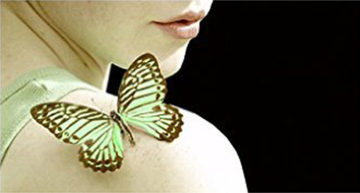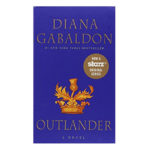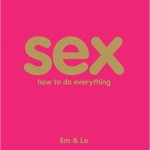We were amused when we received a letter from the Pennsylvania Department of Corrections informing us, as the founders of our imprint Better Half Books, that our beginner’s guide to kink, “150 Shades of Play,” had been denied to all their inmates:
We had so many questions! Had a loved one brought an inmate a copy to while away the days? Did the prison library get a donated copy and decide to put it on their list of no-no’s? Had an inmate requested the library get a copy?
Just imagine the administrator charged with reviewing the material to determine its appropriateness, skimming past the “Adult Baby” and “Bondage Mittens” entries (complete with illustrations!) to discover on page 70 directions for using a pillowcase for light erotic flagellation!
While we don’t love the idea of censorship, we get the potential problems for prisons of material that teaches inmates how to tie handcuffs with found fabric. But we were bummed to learn that nudity and even just sexually explicit material is often a total deal breaker for prisons. The now defunct AirshipDaily.com’s excellent article “What Are Prison Libraries Really Like” explains:
…there are extreme restrictions on reading materials. Books with references to homosexual relationships, for example, are often banned. Victoria Law, author of Resistance Behind Bars and cofounder of Books Through Bars, cites women’s prisons in Gatesville, Texas as examples of institutions which outlaw homosexuality in reading material. There is also a fear that prison libraries might serve as a “gay space,” explains Sweeney; at one prison where she conducted research, women had to sign-up for library time in advance and were only allowed up to 30 minutes there to ensure that it didn’t become a “gay bar.” . . . And women feeling the effects of often sub-par medical care won’t get much help much help from the library either, as medical textbooks that can teach them useful skills, like how to check for breast cancer, are often banned for nudity.
And now we’ve just learned our home state of New York just applied a new directive to three state prisons (perhaps eventually more or all) which limits packages that incarcerated people can receive to items purchased from just six vendors (two more are expected to be added). NYC Books Through Bars, a volunteer collective that has been sending free books to people in prisons across the United States for more than twenty-one years, reviewed the catalogues of the first five vendors (the sixth is unknown) and found that only 77 books would be made available — 11 of which are coloring books! In a letter to Governor Cuomo, they write:
Directive 4911A limits incarcerated people to a few dozen books and magazines, purchased at a premium from a handful of favored businesses. The approved vendors’ catalogs are currently limited to the following books: five romance novels, fourteen bibles and other religious texts, twenty-four drawing or coloring books, twenty-one puzzle books, eleven guitar, chess, and how-to books, one dictionary, and one thesaurus. No books that help people learn to overcome addictions or learn how to improve as parents. No Jane Austen, Ernest Hemingway, Maya Angelou, or other literature that helps people connect with what it means to be human. No texts that help provide skills essential to finding and maintaining work after release from prison. No books about health, about history, about almost anything inside or outside the prison walls. This draconian restriction closes off so much of the world to thousands of people.
This is New York. Cuomo is a democrat. But this directive is some seriously Trumpian bullshit. Prison inmates may not need “150 Shades of Play,” but they do need a wide array of other books to help educate and inspire them. To steal a quote from the painter Gerhard Richter: Art, including literature, is the highest form of hope.

















